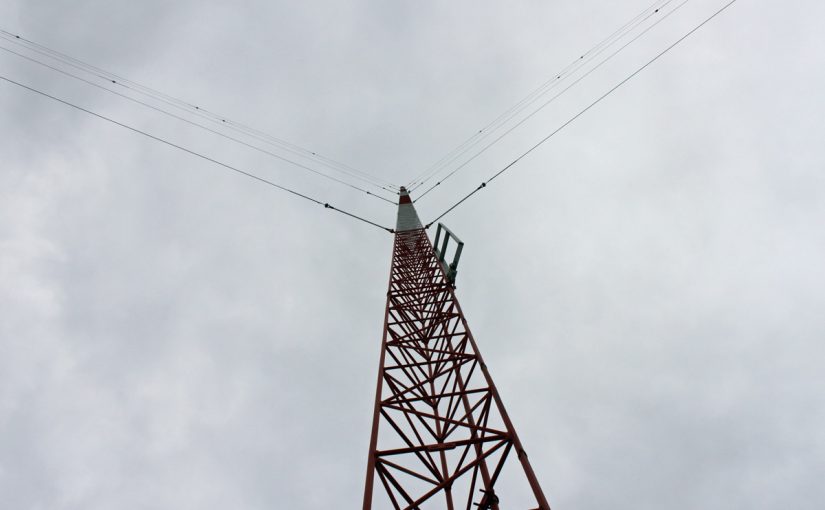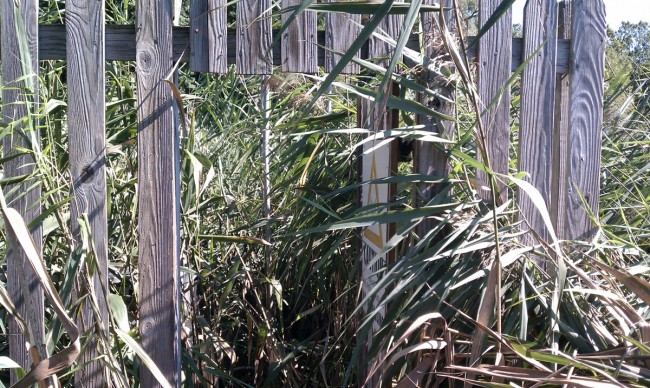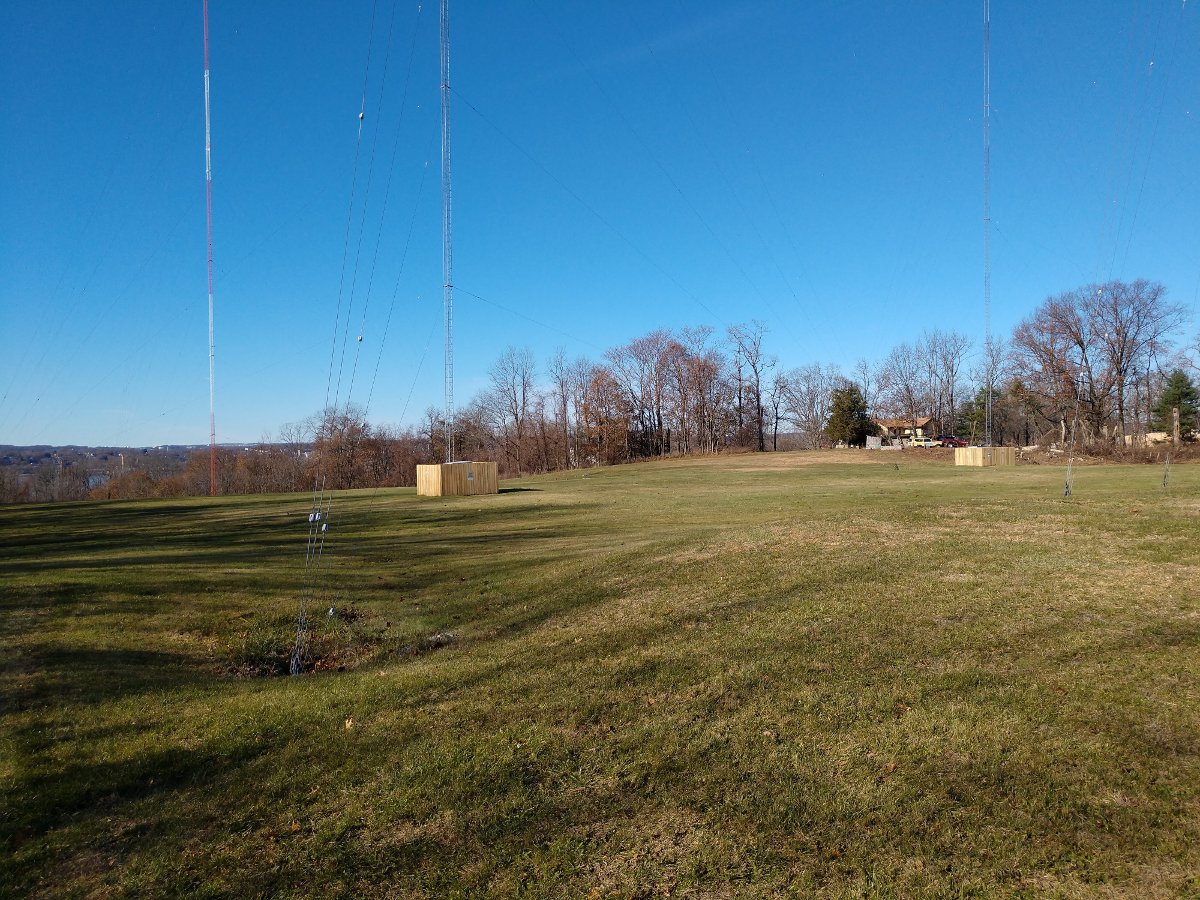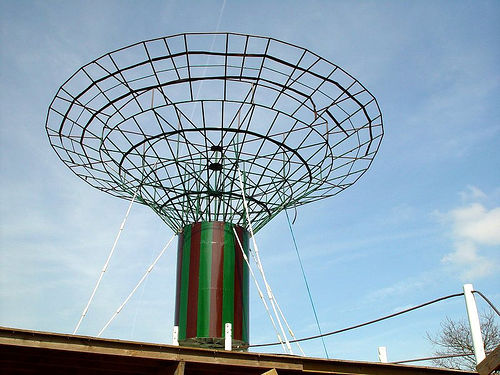These connectors appear on the backs of various FM and lower-power TV transmitters. I thought it would be interesting to explore them a little bit.
First, according to Wikipedia, DIN is an abbreviation for Deutsches Institut für Normung. If you enjoy a lager or two then squint at that name you might see The German Institute for Standardization. 7 is the size of the inner conductor contact in mm and 16 is the size of the inside diameter in mm of the outer conductor. The thread is 29 x 1.5 mm.
From what I can find, the connector was originally developed for the German Military, which needed a rugged, efficient connector that was easy to install properly.
This style of connector is very popular with cellular antenna manufacturers due to its relatively high power handling capability and excellent passive intermodulation performance.
According to Amphenol, their 7/16 DIN connectors have the power handling capability of 3000 watts/1 GHz @ 25C (77F). That is a fairly low temperature. They give the working voltage as 500 V RMS continuous, which is 5000 watts at 50 ohms impedance. That, of course, assumes a 1:1 match, which is never the case. The connector is probably safe to ~2 KW in normal operating conditions for VHF and UHF TV operation.

Also, keep in mind that RG-8, RG-213, RG-214, LMR-400, and Belden 9913 look similar but they use different connectors because the inner conductor of the latter two is larger than RG-8, RG-213, or RG-214. This happened on a project recently. It came time to crimp the pin on the center conductor and, oh no! The pin was too small!
A properly installed connector will be outdoor water-resistant in most weather conditions.











